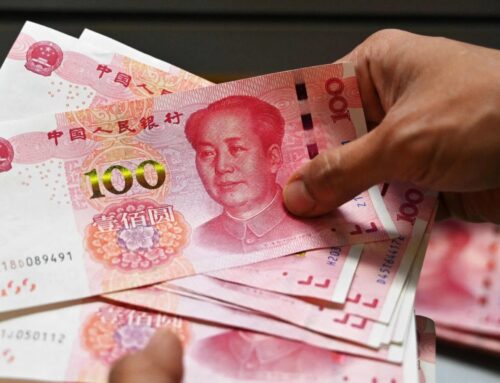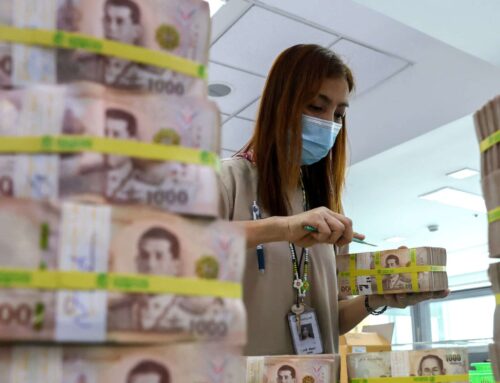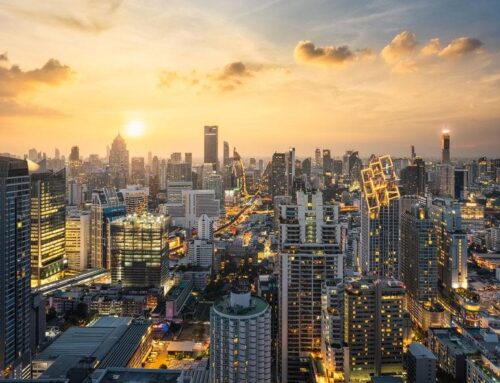By Josh Butterworth. Josh is Impact Teaching’s Thailand Program Coordinator, and he lives in Thailand.
Downloading new apps to prepare for your overseas adventure means you’re almost there. I’ve always found it very exciting and want to help you feel the same way – as you get ready for Thailand!
In this article, I will detail some essential and useful apps that you should consider getting on your phone before heading over to the Land of Smiles.
Unlike in China, there aren’t many (if any) online restrictions in Thailand. You can use Instagram, Google, Facebook and so on without any issues. If it works in your home country then it likely will in Thailand. So you don’t need a VPN, but one can come in useful from time to time. For Brits like me, you may want to catch up with your favourite shows on BBC iPlayer, for example. You’ll need a VPN for that. Although not essential, a VPN can come in handy in Thailand. I currently use Surfshark.
Line – communication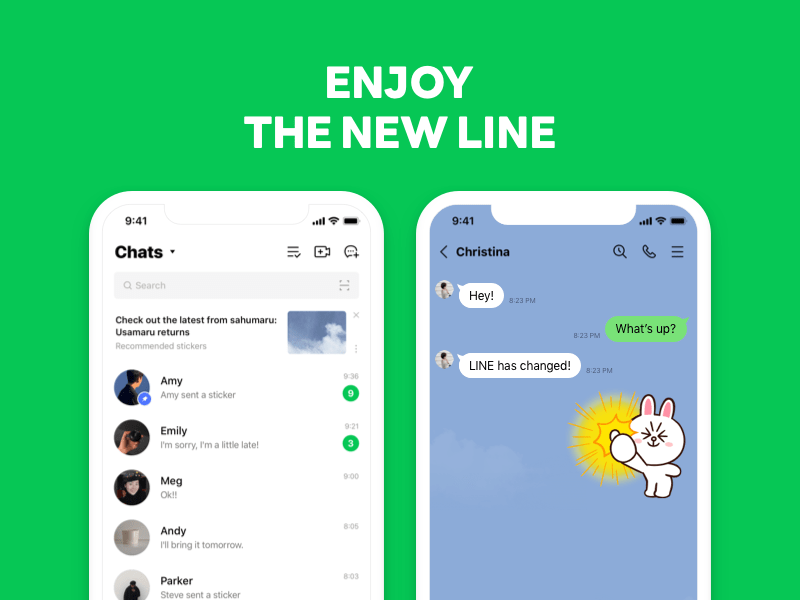
People in Thailand use a variety of ways to communicate but WhatsApp is not particularly popular. Instagram and Facebook are common but Line is by far the most widely used. It is effectively the same as WhatsApp, and is an essential download. You will need it to communicate with your colleagues and students at school.
You can buy a Thai SIM online in your home country before you travel, and swapping it in as you land in Suvarnabhumi means you’ll have data straight away. But it’s a good idea to buy a SIM in Thailand before your package runs out. Until you have a Thai bank account, this will need to be done from a 7-11 store using cash, and must have your passport with you when do so. If possible, take one of your Thai friends or colleagues to help, or your school may have already prepared one for you. You can top up the SIM using cash in 7-11 stores. When you have a Thai bank account, you have the option of getting a new SIM from a provider like AIS, and paying monthly online)
Grab – travel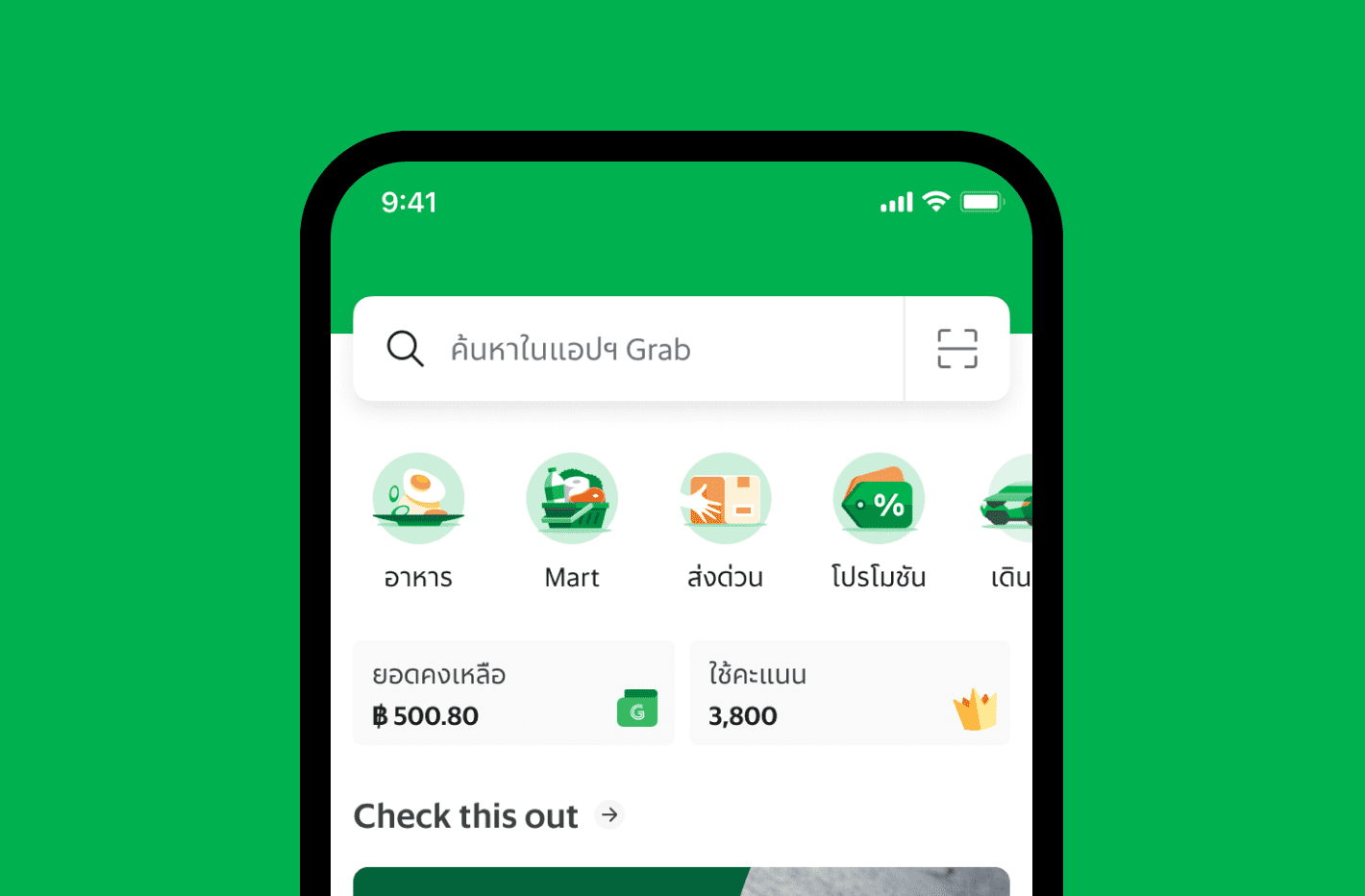
Getting car or motorbike taxis in Thailand is inexpensive and very useful. Public transport can be confusing and difficult to use, so taxis might be a better option as you build up your confidence in Thai and get to know the city. Hailing a cab or tuk tuk is a sure-fire way to pay over the odds, booking on Grab is the best bet. You can either connect a card from your home country or pay in cash, just select the option before you book. It’s basically the Asian equivalent of Uber, but a lot cheaper. Bolt is another alternative but I always use Grab.
Agoda – accommodation
Airbnb in Thailand generally caters for tourists, this means it’s usually more expensive and there are less budget options. Agoda not only offers cheap hotels but also home rentals and more. It’s what the locals use, so when booking your weekend trips and holidays, you should too.
FoodPanda – food delivery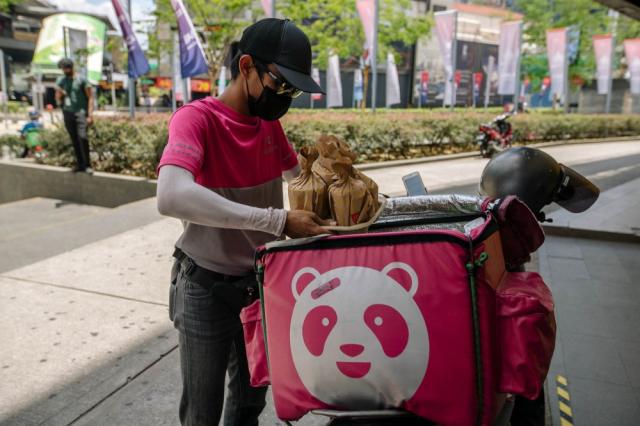
The best way to enjoy all the culinary delights that Thailand has to offer is by exploring it’s markets, restaurants and street food stalls. But sometimes, after a long day, you need something delivered to you as you crash on the sofa. FoodPanda is the best option as 99% of the menus are in English and there are so many options. From noodles to burgers and beyond, you can find everything on FoodPanda. It will seem incredibly cheap compared to your home country but is slightly more expensive than going out to eat. You can easily get a delicious Thai meal delivered to you for £2-3.
Google Translate – translation
Try your best to learn as much Thai as you can before you land, and don’t stop when you arrive, practice speaking as much as you can. But reading is a mind field, I’ve just started learning and to say it’s difficult is an understatement. Google Translate has a feature that translates screenshots of photos, I find that more effective than using the live camera translation feature. Local restaurants that don’t have an English menu are usually cheaper and more delicious, so it’s essential for that and much more. It can also come in very handy when speaking, for translating individual words or using the speech translation feature to assist with simple conversations.
Google Maps – navigation
Getting around any new city is essential and Google Maps is king throughout most of the world, Thailand is no different. It’s also a great way to find restaurants, bars, coffee shops and things to do. Whenever I go somewhere new, I scout the area on Google Maps and find places I want to go.
Lazada – online shopping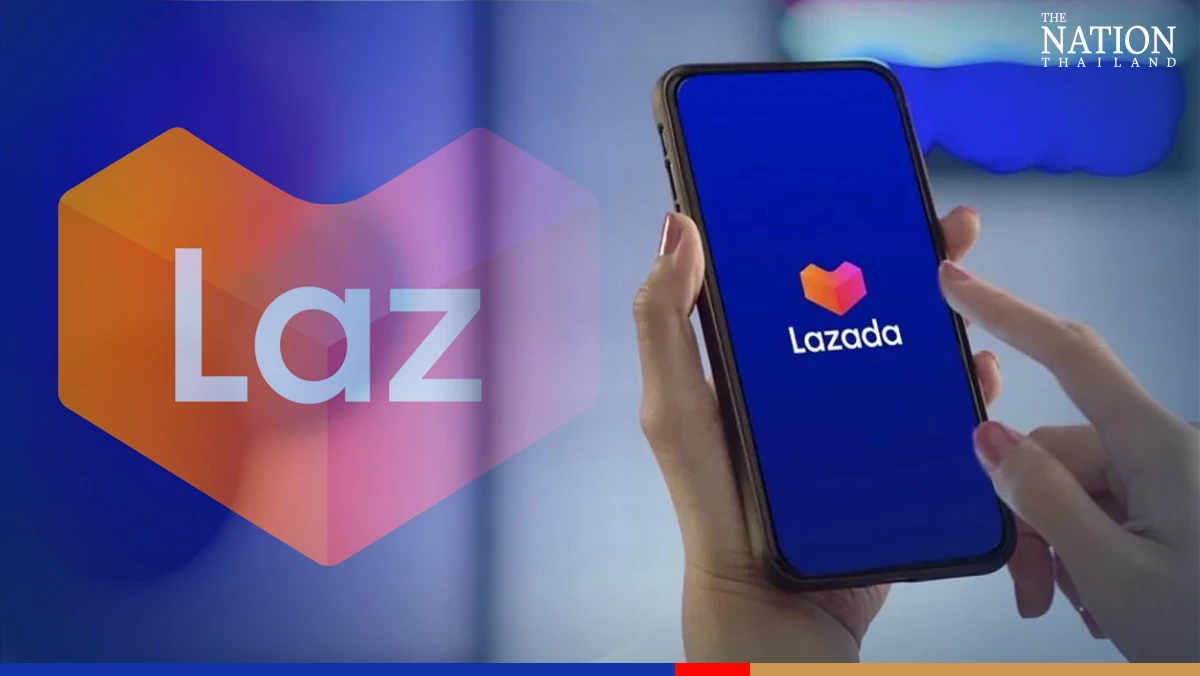
Amazon is not really a thing in Thailand, Lazada is your best bet for online shopping. Simply put, you can find everything you need there and most of it is very cheap, often cheaper than in shops. But next day delivery is uncommon so plan ahead. Until you have a Thai bank account, you can select a cash payment option. This can be complicated as you will not always be in when it is delivered. Ordering to your school is the solution. The security guards will be there to collect your packages morning, noon and night, and you can give them the cash to pay for them.
Xe – currency conversion
It can take quite a while until you switch over to thinking in Thai Baht rather than the currency in your home country. Currently, 45 Baht is equal to around £1. It’s very useful to know how much things cost, and the maths gets complicated. Quickly popping a number into Xe will tell you how much you’re paying in pounds, dollars or whatever other currency you use.
TrueID – TV
If you feel like watching some Thai TV and absorbing a bit of culture, whether that be the Muay Thai on Friday night or their very dramatic soap operas, TrueID has many channels to watch for free on your laptop, phone or tablet. You will need a Thai phone number to sign up, but it’s very easy to do so. Also, if you’re into football, you can get every single Premier League match for around £18 a month. I used my Thai card to subscribe, but they accept Mastercard and Visa, so I assume you could use one from your home country.
Banking apps
Your school will likely assist you in opening up a Thai bank account once you have the necessary visa. And when you have one, you will of course need to download the app, staff in the bank will usually instruct you to do so and help you get set up. Then, this will be the way you pay for most things, by scanning a QR code. Almost all restaurants and shops use this system, and even street food stalls and buskers too. It’s very convenient to send and receive money. People still use cash but paying on the bank app is a lot more common and easier.
TrueMoney – paying in 7-11
You can’t drive for more than five minutes in Thailand without passing a 7-11 store, but they only accept cash and payment through the TrueMoney app. You cannot pay in 7-11 using your bank app. You will need to wait until you have the necessary work visa before you can register for TrueMoney, then you can top it up and spend in 7-11 without using cash. It’s very useful as you become cashless after getting your bank account, but isn’t one for right away.
Wise – transferring money
Once you have a Thai bank account, you may want to send money from an account in your home country to the one you’re using in Thailand. Wise is the easiest and most cost effective way to do this. The exchange rates are excellent and fees are small. To send money from your Thai account to one in your home country, you will use your Thai banking app. It is relatively easy but I would only recommend doing it for larger amounts.
Weather apps
The weather is very temperamental in Thailand and changes quickly, forecasts are often inaccurate or simply wrong. I use built the Apple weather app on my iPhone to get a rough idea of what the day is looking like, but never trust it completely. There might be more accurate apps out there but I wouldn’t worry too much about it. Instead, always be prepared for changes in the weather.
I hope this article helped and you now feel you can get your phone ready for a Thailand adventure!
If you have any more questions – let us know here.


